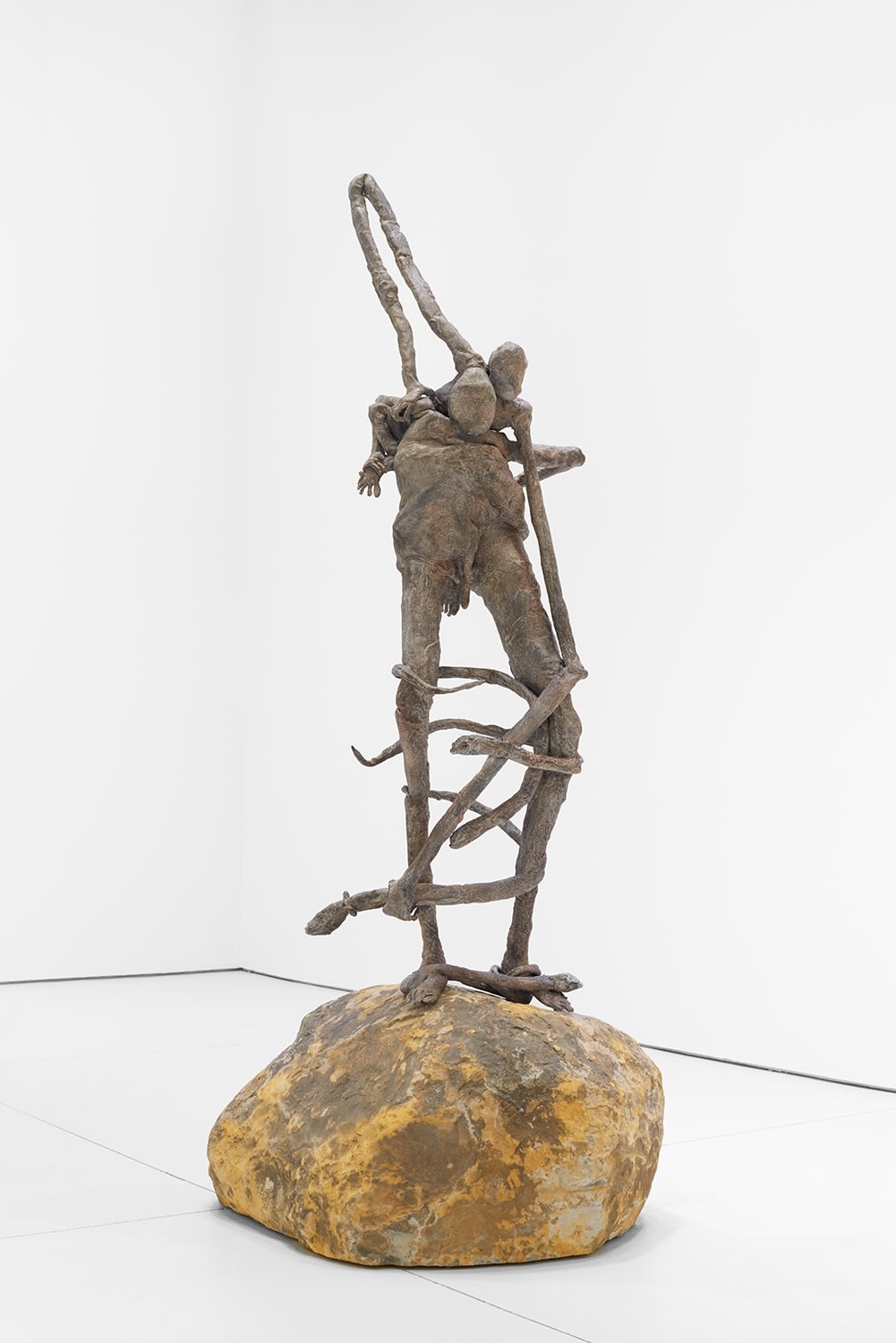











Francis Upritchard b. 1976
Long Legs Long Arms go Eeling in New Zealand, 2019-2021
Bronze cast from balata rubber
90 1/2 x 35 3/8 x 21 5/8 inches
(230 x 90 x 55 cm)
(230 x 90 x 55 cm)
Further images
-
(View a larger image of thumbnail 1
)

-
(View a larger image of thumbnail 2
)

-
(View a larger image of thumbnail 3
)

-
(View a larger image of thumbnail 4
)

-
(View a larger image of thumbnail 5
)

-
(View a larger image of thumbnail 6
)

-
(View a larger image of thumbnail 7
)

-
(View a larger image of thumbnail 8
)

-
(View a larger image of thumbnail 9
)

-
(View a larger image of thumbnail 10
)

-
(View a larger image of thumbnail 11
)

-
(View a larger image of thumbnail 12
)

Exhibitions
Sint Martens-Latem, Belgium, Museum Dhondt-Dhaenens, Big Fish Eat Little Fish, March 1 - May 31, 2020
New York, Anton Kern Gallery, Francis Upritchard: Wetwang Slack, November 18 - December 18, 2021
Miami, Art Basel Miami Beach, Anton Kern Gallery Booth, 2024
Hudson, NY, The Campus, Second Annual Exhibition, June 28 - October 26, 2025